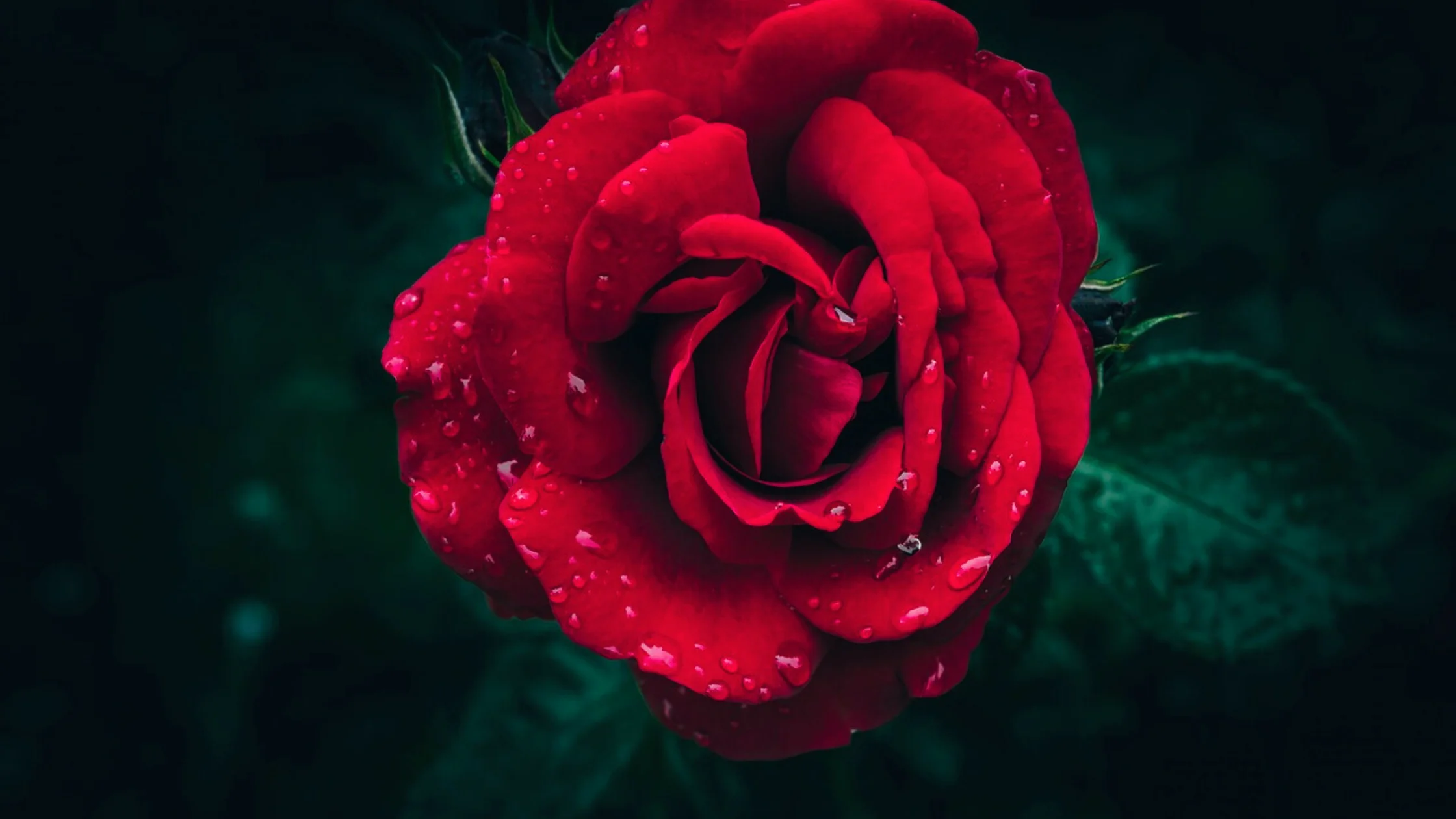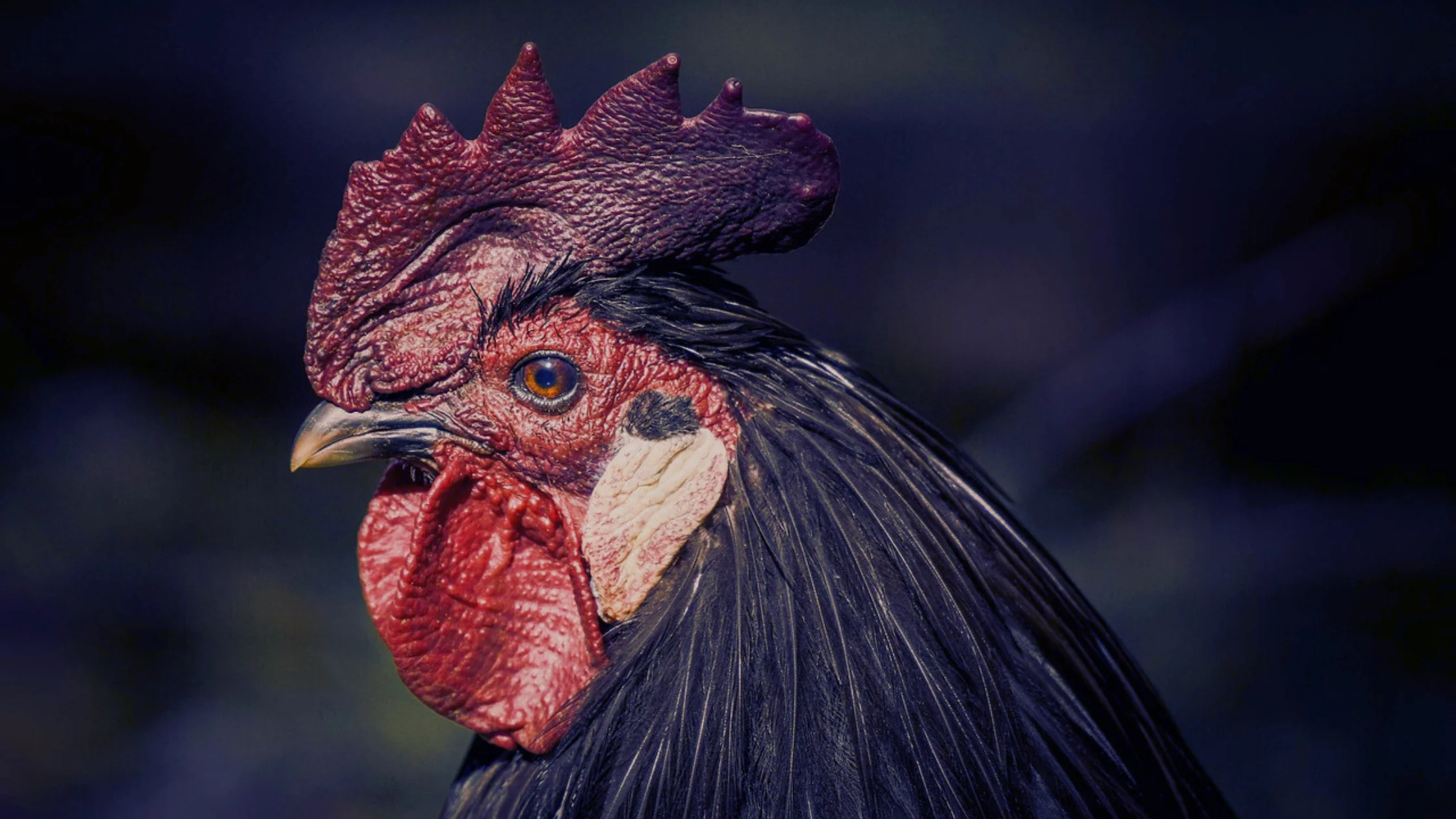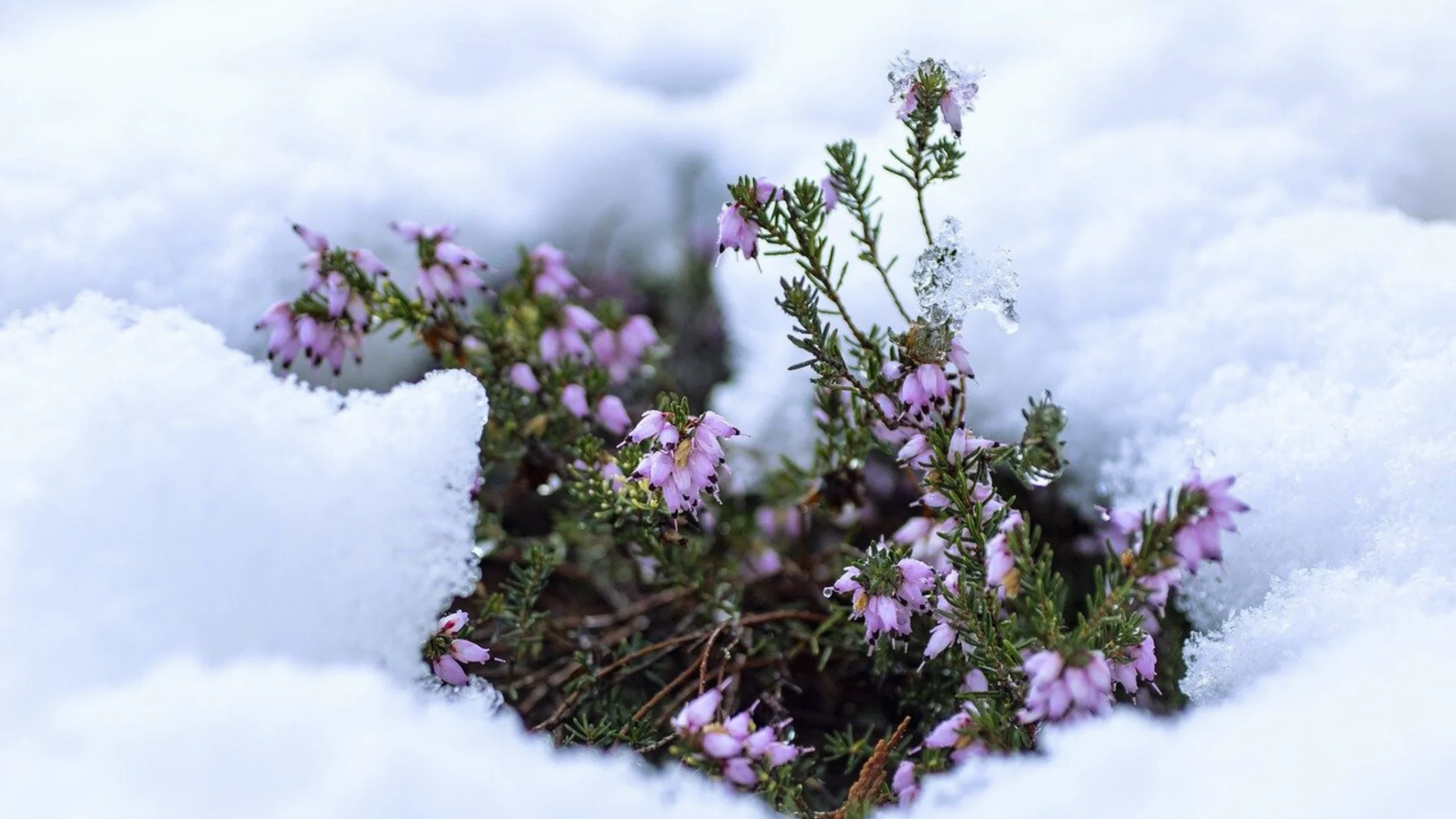Snapseed, developed by Google, has emerged as one of the most versatile photo-editing apps, offering tools that cater to beginners and professionals alike. Among its standout features is the HDR Scape, which adds depth, vibrance, and detail to photos with just a few adjustments. This article provides an in-depth look at the HDR Scape feature, how it works, and tips for using it effectively to create stunning images.
Understanding HDR Scape
The HDR Scape feature is designed to replicate the effect of High Dynamic Range (HDR) photography. Traditionally, HDR photography involves capturing multiple exposures of the same scene—bright, medium, and dark—and merging them into a single image. This process brings out the finer details in shadows and highlights, creating a more balanced and visually striking result.
Snapseed’s HDR Scape simulates this effect using advanced algorithms, making it easy to achieve the HDR look with a single image. It enhances textures, amplifies colors, and balances the exposure across different parts of a photo.
How to Access HDR Scape in Snapseed
Using the HDR Scape feature is simple and intuitive. Follow these steps:
- Open Snapseed: Launch the app and import the photo you want to edit.
- Select HDR Scape: From the tools menu, choose “HDR Scape.”
- Choose a Preset: Snapseed offers four presets—Nature, People, Fine, and Strong—each tailored to different types of images.
- Adjust Settings: Use the sliders to fine-tune the effect, including options for filter strength, brightness, saturation, and smoothing.
Key Features of HDR Scape
Filter Strength: Adjust the intensity of the HDR effect. A higher setting increases vibrance and texture, while a lower setting provides subtle enhancements.
Brightness: Fine-tune the overall exposure to balance the light in the image.
Saturation: Control the vibrancy of colors to match your desired aesthetic.
Smoothing: Reduce excessive texture or noise in the image for a cleaner look.
When to Use HDR Scape
The HDR Scape tool is particularly effective for:
- Landscape Photography: Enhance skies, water, and natural textures for a dramatic effect.
- Urban Scenes: Bring out the details in architecture and street photography.
- Portraits: Use sparingly to highlight facial features without creating an unnatural look.
- Low-Light Images: Recover details in shadows and reduce overexposed highlights.
Tips for Using HDR Scape Effectively
- Start with Subtle Adjustments: While HDR effects can be striking, overdoing them can make images look unnatural. Gradually adjust the sliders until you achieve the desired balance.
- Consider the Subject: Use presets like “Nature” for outdoor scenes and “People” for portraits to suit the image type.
- Avoid Over-Saturation: Be cautious with the saturation slider to maintain realistic colors.
- Zoom In for Details: Check the finer details to ensure that textures are enhanced without adding noise.
Conclusion
The HDR Scape feature in Snapseed is a powerful tool for transforming ordinary photos into visually stunning masterpieces. By enhancing textures, balancing light and shadow, and amplifying colors, it brings out the best in your images. Whether you’re editing landscapes, portraits, or urban scenes, this feature makes it easy to achieve professional-quality results. With practice and thoughtful adjustments, HDR Scape can become an essential part of your photo-editing workflow.
For complete information on Snapseed QR Codes visit: www.snapseedqrcodes.info



